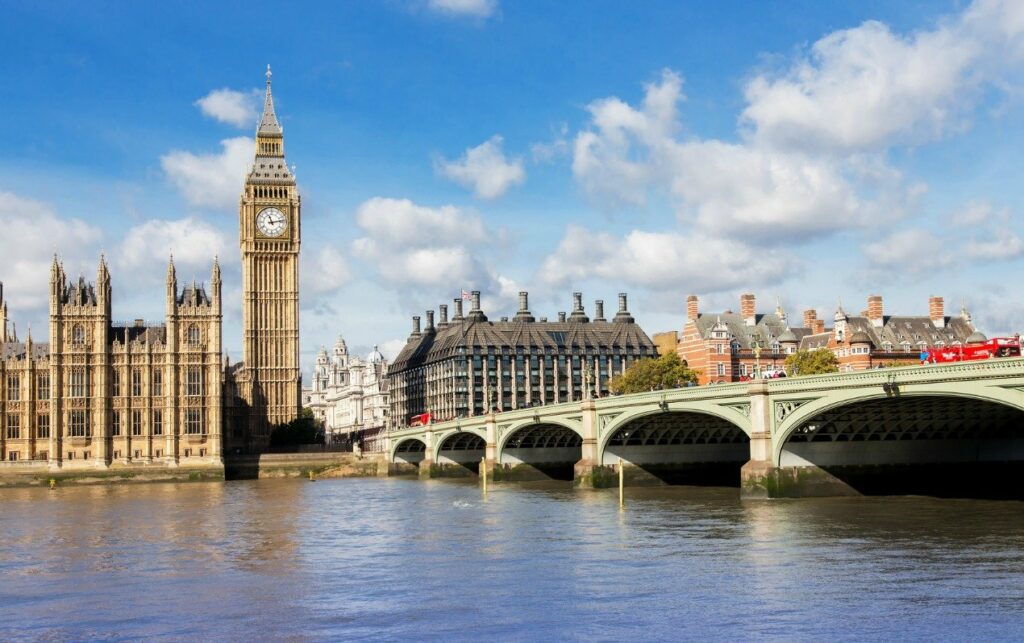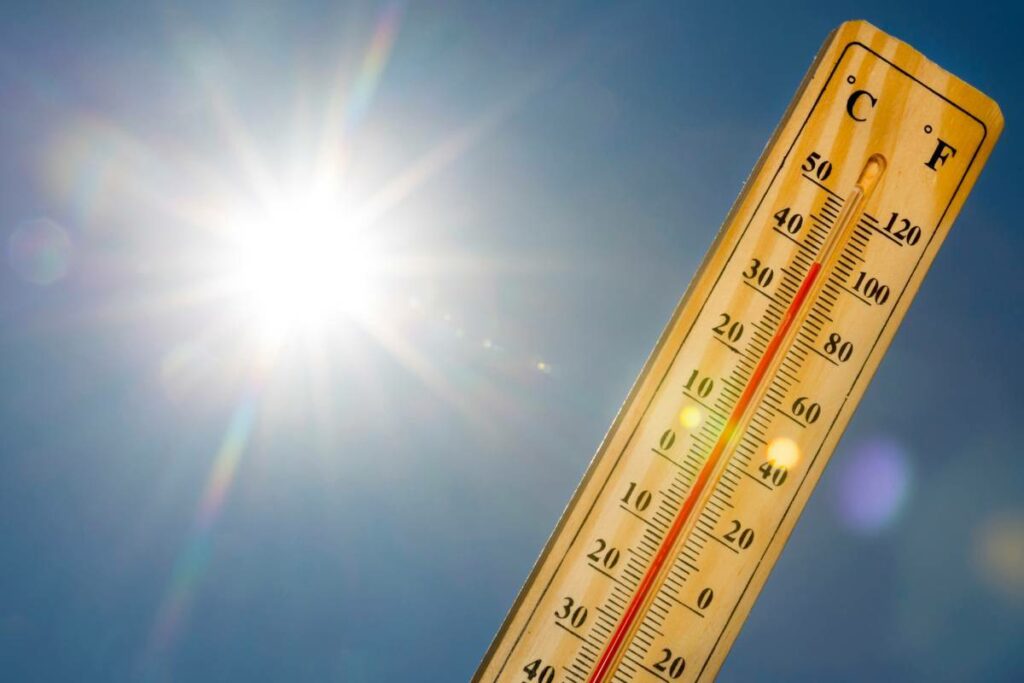On August 4 NBC warned that “73 million people under heat alerts as high temperatures expand into Northeast/ Record highs are expected to be broken in Philadelphia, Boston and Albany, New York.” So pretty much case closed, right? And not reopened after Philly actually set its all-time heat record in 1936. And tied it in 1966 which, we now note uneasily, is more than half a century ago. But what of Boston? Alas, it was on Independence Day in… 1911. And just as Albany never fails to disappoint, we checked and it did that blasted 1930s thing again, with its peak temperature coming on July 9, 1936.
Given such circumstances it is very important that people not become confused. Thus the “Current Results” site offering “weather and science facts,” while conceding that the City of Brotherly Love was at its steamiest on July 3, 1966 and July 10, 1936, helpfully posted a table showing only its highest temperatures in recent years. All of them were from 2010 or after… because they only looked at those years. And even so a meow was heard from the sack, with the three hottest being, in ascending order, 2012, 2011 and 2010.
Boston tried, with a high in 2021 tied in… arrrrgh, 2010 and surpassed in 2011. And in Albany the same table shows the worst heat in 2018, 2012 and 2011. Still, who are you going to believe, a mainstream news outlet or some dumb thermometer?
Thus, undaunted, the Washington Post ran a graphic of where the deadliest heat was hitting in… what’s this? 2053? Yes. Some weather forecast. Some news.
P.S. Even the EPA acknowledges that heat waves were less intense in this decade than the last, and their charts only go back to the comparatively chilly 1960s. Perhaps lest the 1930s cause talk, even on their site, which says “Longer-term records show that heat waves in the 1930s remain the most severe in recorded U.S. history. The spike in Figure 3 reflects extreme, persistent heat waves in the Great Plains region during a period known as the ‘Dust Bowl.’ Poor land use practices and many years of intense drought contributed to these heat waves by depleting soil moisture and reducing the moderating effects of evaporation.” But not climate change. Of course not.
It gets worse. As E. Calvin Beisner observes, the text accompanying the EPA’s heat wave charts speaks not of the country as a whole but of its 50 major cities, something else the charts themselves omitted. And before you say “Urban Heat Island”, his criticism is that in the 1960s, as in the 1930s, virtually all America’s biggest cities were in the north but the advent of air conditioning and other changes saw massive growth in the south and southwest, the country’s hottest region. So that “major cities” now have bigger heat waves than they did 50 years ago is due in very significant measure to the fact that naturally hotter cities are now “major”. And now, as he does, you can also say “Urban Heat Island”.



Ask. What is a heatwave? It seems there's no clearcut definition. It can be as little as two days of high temperatures. So declaring one is very easy ( dont forget to make it "extreme")
Well lately, in the media at least, it is a code word for summer!